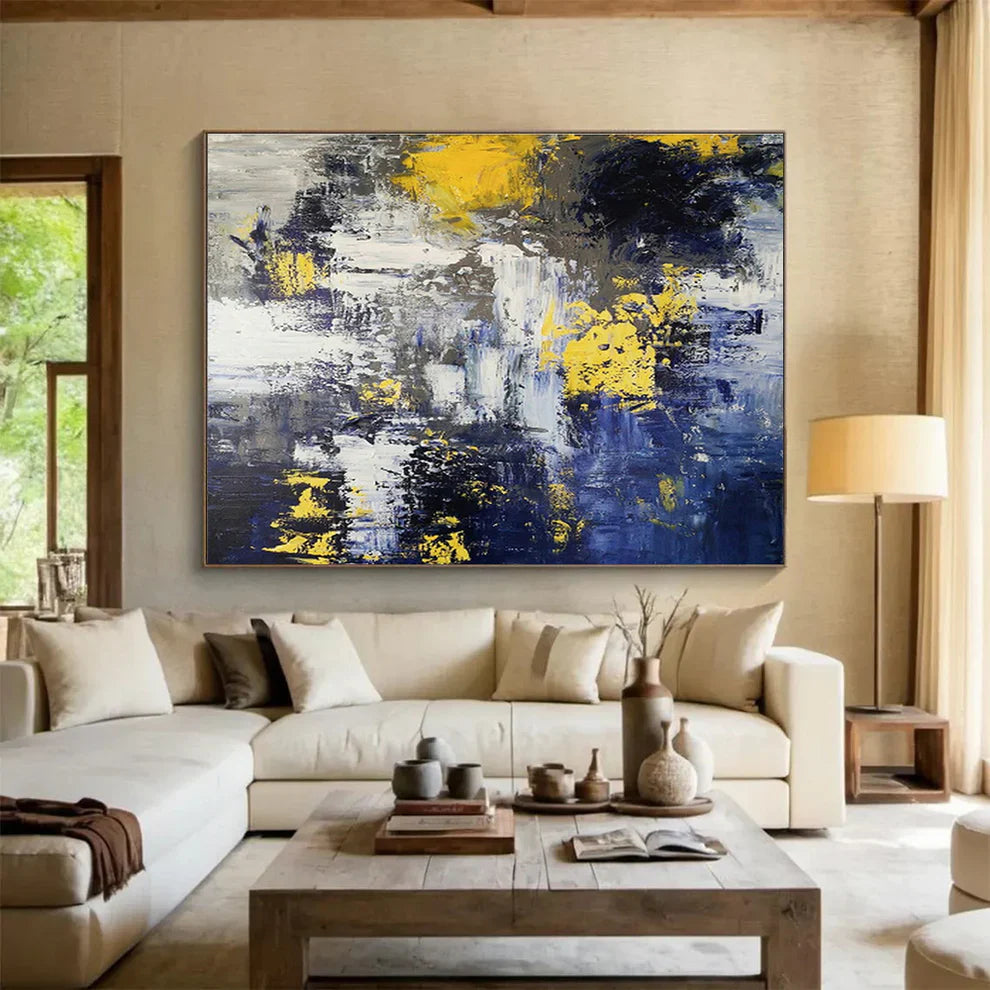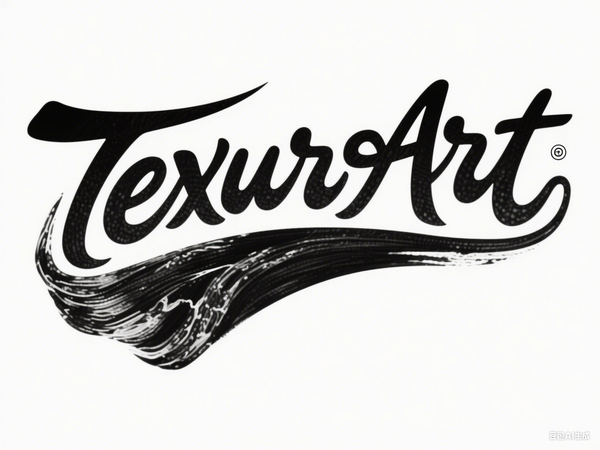
The Radiance of Yellow - Exploring the World of Yellow Abstract Art
Share
Yellow abstract art captivates with its vibrant energy, evoking sunshine, optimism, and boundless creativity. This genre, where formless expressions meet the brightest hue in the spectrum, has transformed modern aesthetics, inviting viewers into realms of pure emotion and visual poetry. From the pioneering strokes of early twentieth-century masters to contemporary interpretations adorning rustic homes and sleek galleries, yellow abstract art stands as a beacon of innovation. It harnesses yellow's inherent luminosity to challenge perceptions, blending chaos and harmony in ways that resonate deeply with the human spirit. In this exploration, we delve into the history, symbolism, techniques, and cultural impact of yellow abstract art, uncovering why this color continues to illuminate canvases worldwide.

The roots of abstract art trace back to the late nineteenth and early twentieth centuries, when artists began breaking free from representational constraints. Pioneers sought to express inner worlds through non-objective forms, prioritizing color, line, and texture over literal depictions. Yellow, with its high visibility and emotional charge, emerged as a powerful tool in this revolution. Artists like Wassily Kandinsky, often credited as one of the first to venture into pure abstraction, used yellow to symbolize spiritual elevation and joy. In his theoretical writings, Kandinsky likened colors to musical notes, with yellow evoking the shrill sound of a trumpet—sharp, expansive, and impossible to ignore. His compositions, such as those in the "Improvisations" series, feature bursts of yellow that seem to radiate outward, drawing the eye and stirring the soul. This approach laid the groundwork for yellow's role in abstraction, turning it from a mere pigment into a conduit for transcendental experiences.
As abstract art evolved, yellow's psychological potency became even more pronounced. In the realm of color theory, yellow is associated with intellect, happiness, and enlightenment, but it also carries warnings of caution and instability. Abstract artists exploited these dualities to create tension and depth. For instance, during the Abstract Expressionism movement post-World War II, yellow served as a vehicle for raw emotion. Mark Rothko, known for his large-scale color field paintings, frequently incorporated warm yellows to evoke contemplative moods. His glowing rectangles of yellow layered over softer tones invite immersion, where the color pulses like a living entity, blurring boundaries between viewer and artwork. Rothko believed color could transcend language, and yellow's warmth amplified this, offering solace amid existential themes.
Helen Frankenthaler, another luminary in abstract expressionism, innovated with her soak-stain technique, allowing thinned paints to bleed into unprimed canvas. Yellow featured prominently in her works, such as "Mountains and Sea," where diluted yellows merge with blues and greens, mimicking natural phenomena without direct representation. This method emphasized yellow's fluidity, transforming it into ethereal veils that suggest light filtering through atmospheres. The movement itself, as detailed in resources on abstract expressionism, marked a shift toward gesture and scale, with yellow providing the luminosity needed to convey vastness and vitality. These artists didn't just paint with yellow; they wielded it as a force, harnessing its optical properties to manipulate space and perception.
Beyond technique, yellow abstract art draws from diverse cultural wellsprings. Yellow's symbolism varies globally—in Eastern traditions, it represents prosperity and imperial power, while in Western contexts, it can signify cowardice or deceit. Abstract artists often subvert these associations, reclaiming yellow for universal narratives. The cultural significance of the color yellow spans millennia, from ancient Egyptian ochre pigments symbolizing eternity to Renaissance halos denoting divinity. In abstraction, this history infuses works with layered meanings. Contemporary creators, inspired by these legacies, use yellow to address modern themes like environmentalism and identity. For example, pieces featuring acidic yellows might evoke polluted sunsets, critiquing climate change, while softer lemons convey hope and renewal.
The production of yellow abstract art involves a symphony of materials and methods. Pigments like cadmium yellow, with its intense opacity, allow for bold impasto strokes, building texture that catches light dynamically. Acrylics and oils enable layering, where translucent glazes of yellow create depth, as if sunlight pierces fog. Digital tools now expand possibilities, with software simulating yellow's glow on screens, bridging traditional and virtual abstraction. Artists experiment with mixed media, incorporating gold leaf or fluorescent elements to amplify yellow's radiance. This versatility makes yellow abstract art ideal for interior design, where it infuses spaces with energy. Hung in living rooms or offices, these pieces act as focal points, their sunny hues countering neutral palettes and fostering positivity.
Influential figures continue to shape the genre. Wassily Kandinsky, whose synesthetic visions equated yellow with sound, inspired generations. His move from figurative to abstract work mirrored a broader artistic awakening, where yellow became synonymous with liberation. Similarly, the history of yellow in art reveals its evolution from prehistoric cave markings to modernist masterpieces. Vincent van Gogh, though not purely abstract, influenced the genre with his fervent use of yellow in "Sunflowers," prefiguring abstraction's emotional intensity. Today, artists like Julie Mehretu layer yellow in complex, map-like abstractions, exploring globalization and movement. These works demonstrate yellow's adaptability, from minimalist monochromes to chaotic explosions.
In galleries and collections, yellow abstract art commands attention for its therapeutic qualities. Studies in art psychology suggest yellow stimulates mental activity, reducing anxiety and sparking creativity. This makes it popular in therapeutic settings, where abstract forms encourage personal interpretation. Collectors value its timeless appeal—pieces from the mid-century retain market strength, with Rothko's yellow-infused canvases fetching millions at auctions. Emerging artists on platforms like online marketplaces democratize access, offering affordable prints and originals that capture yellow's essence. Whether in a cozy cabin or urban loft, yellow abstract art adapts, its vibrancy enhancing any environment.
The genre's future gleams bright, with sustainability influencing choices. Eco-friendly pigments replace toxic cadmiums, ensuring yellow's legacy endures without environmental harm. Virtual reality experiences allow interactive engagement with yellow abstractions, where users manipulate hues in immersive worlds. As global connectivity grows, cross-cultural fusions emerge—African artists blending yellow with tribal motifs, or Asian creators infusing it with philosophical undertones. Yellow abstract art thus remains a dynamic field, evolving while honoring its roots.
Ultimately, yellow abstract art transcends mere decoration; it's a celebration of light, emotion, and innovation. Its golden threads weave through art history, illuminating paths for future expression. Whether admiring a Kandinsky reproduction or commissioning a custom piece, engaging with this art form invites a sunnier perspective on the world.
FAQ
What defines yellow abstract art? Yellow abstract art features non-representational forms dominated by yellow hues, emphasizing emotion, texture, and color over literal subjects.
Which artists are famous for using yellow in abstract works? Pioneers like Wassily Kandinsky and Mark Rothko prominently used yellow to convey spirituality and mood in their abstractions.
How can yellow abstract art enhance home decor? It adds vibrancy and positivity, ideal for brightening neutral spaces or creating focal points in rooms with natural light.
What materials are commonly used in creating yellow abstract art? Artists often employ acrylics, oils, and cadmium pigments for their intensity, sometimes incorporating mixed media for added texture.
Is yellow abstract art suitable for beginners in collecting? Absolutely—affordable prints and smaller originals make it accessible, with timeless appeal ensuring lasting value.
How has the symbolism of yellow evolved in abstract art? From ancient associations with divinity to modern symbols of joy and caution, yellow in abstraction reflects cultural and personal narratives.
